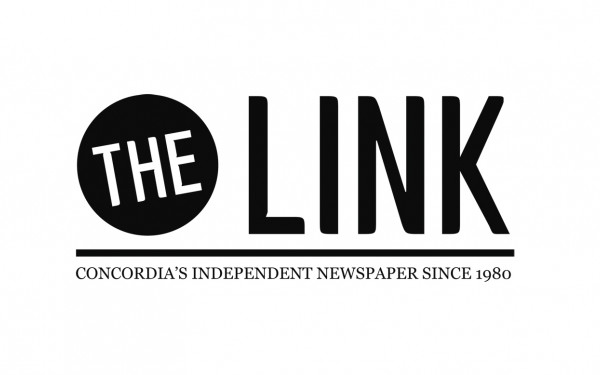The Secret Side of the CSU
Who Really Calls the Shots in our Student Government?
There are two Concordia Student Unions: one is elected and the other is not.
The elected CSU, run by presidents and VPs is answerable to students and operates in the light of press and popular scrutiny.
Away from the glass doors of the CSU’s seventh floor offices, in bars and by text message, lies another student union running in parallel. Composed of former presidents, staff members, politicians from faculty associations and influential students, this hidden structure is responsible for some of the policies adopted by the student union and the people who run it.
These are the student lifers of Concordia politics, people whose names and faces reappear long after they received, or should have received, their diplomas. In Ottawa or Quebec City politics, they would be called lobbyists.
Brent Farrington, Mohamed Shuriye, Leah Del Vechio and Amine Dabchy. Over the past four years, those names and faces—along with many others—have come to the forefront as election time has approached.
The case of Brent Farrington marks the most unmistakable moment when the lobbyists took over.
After holding the CSU presidency in 2004, during the second year of the Unity/Evolution slate’s half decade in power, Farrington returned in 2009 to preside over its end.
With then-President Keyana Kashfi facing an unruly Council and allegations of corruption every other week, Farrington was parachuted in to help.
Sitting as the deputy chairperson of the Canadian Federation of Students, a national lobby group that Concordia has since attempted to quit, Farrington was appointed chair of the Council.
As an elder in the Unity/Evolution establishment, Farrington was put in one of the most powerful positions in the CSU, a pulpit from which he steered debate on Council and squashed dissent.
Another lobbyist waiting in the wings orchestrated the destruction of the Unity slate and Farrington’s ejection from Concordia: Mohamed Shuriye.
Shuriye, who served as CSU president the year after Farrington and as part of the same dynasty, had had a falling out with Unity/Evolution. Acting as the “campaign coordinator” for the Vision slate of 2009, Shuriye helped bring Amine Dabachy to power.
The 2009 election, one of the most controversial in recent CSU history, saw the spending of vast amounts of unaccounted money from unknown sources. From ads mounted on trucks to a well-organized campaign to discredit the final Unity/Evolution offering, the 2009 election marked the end of a six-year dynasty with a bang.
It’s no surprise that the election saw two networks of CSU lobbyists—the Farrington and Shuriye-affiliated groups—engage in an election that brought one lineage to an end.
During this past election, then Arts and Science Federation of Associations’ President Leah Del Vechio stood up and became “campaign coordinator” for Vision’s offspring: Fusion.
Using a network of volunteers built up during the 2009 election and the anti-CFS campaign that was waged all year, Del Vechio helped create a new dynasty at Concordia: Vision/Fusion. No longer at Concordia, Del Vechio has left a power vacuum at the CSU that was made worse with the resignation of CSU President Prince Ralph Osei in August.
Former president Amine Dabchy, who was present at the August Council meeting and spoke first to defend the sitting CSU administration during a debate over a $45,000 loan, is now the heir apparent to the leadership of the unelected branch of the CSU.
As a student representative on the Board of Governors, the university’s highest body, Dabchy is in a powerful position to influence policy and act as a shoulder for the current CSU executive to rest on. Despite his experience, Dabchy’s position is not assured and for the first time in many years, this CSU executive could be the first to speak fully for itself—but only if it makes the hard choice to do so.
Either way, look to see who is appointed “campaign coordinator” next March.
This article originally appeared in Volume 31, Issue 04, published September 7, 2010.

__900_613_90.jpg)
_600_832_s.png)

__600_375_90_s_c1.jpg)
_.final_._jpg__600_375_s_c1.png)
